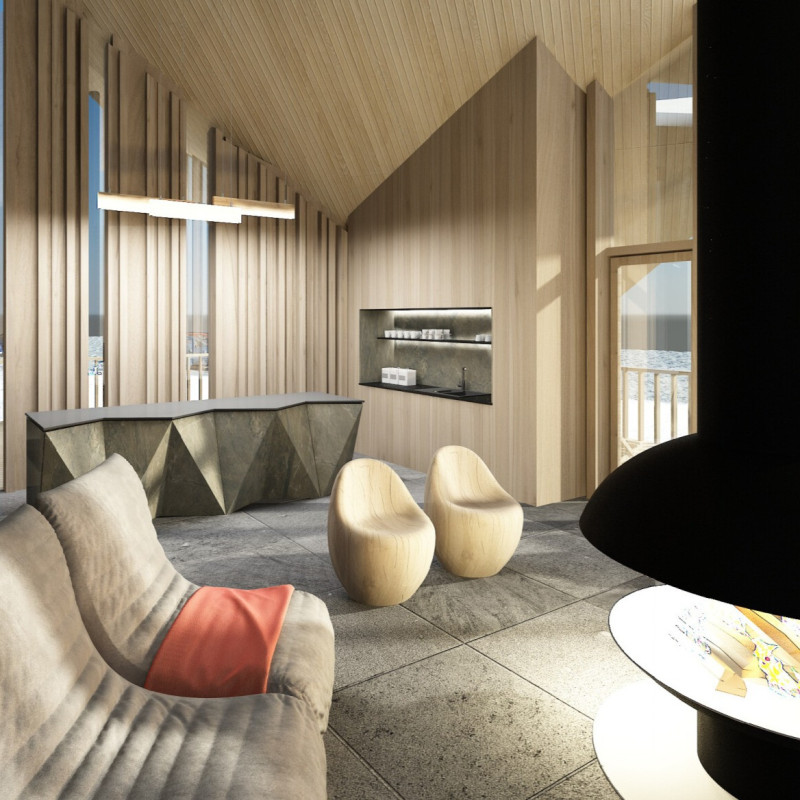5 key facts about this project
The primary function of the project is to serve as a multifaceted space that accommodates various activities, fostering interaction and engagement among users. This versatility allows the building to cater to different community needs, whether it be through educational initiatives, social gatherings, or artistic endeavors. The design embodies a not only a response to programmatic requirements but also an understanding of the dynamics of human interaction, illustrating how architecture can influence social behavior.
One of the most remarkable aspects of this architectural project is its careful attention to materiality. The selection of materials has been made with both sustainability and aesthetics in mind. By utilizing local materials whenever possible, the project establishes a connection with its environment while minimizing transportation emissions. Materials such as wood, stone, and glass have been chosen not just for their durability and functionality, but also for their ability to create a warm, inviting atmosphere that encourages occupants to engage with the space. Concrete elements further reinforce the structure's stability, providing a sense of permanence and strength.
The design approach taken here is notably distinctive due to its response to the specific climatic and cultural conditions of the location. Large overhangs provide shade and reduce heat gain, while strategically placed windows maximize natural light and ventilation. This bioclimatic approach not only enhances the comfort of occupants but also contributes to energy efficiency, aligning with modern sustainable design practices. The openness of the layout encourages a seamless flow between indoor and outdoor spaces, blurring the lines and creating a dialogue with the surrounding landscape.
Special attention has been given to integrating green spaces within the project. Courtyards and terraces adorned with vegetation invite users to connect with nature, promoting well-being and tranquility. These areas serve as hubs for social interaction, and the incorporation of native plants minimizes the need for maintenance while supporting local biodiversity. Such design considerations highlight an increasing awareness of the environmental impact of architecture and reflect a growing trend toward biophilic design.
Additionally, the project showcases unique architectural details that enhance its character. Elements such as decorative screens or artistic façades not only fulfill functional purposes, like sun shading, but also contribute to the visual identity of the building. These features engage the community aesthetically while serving to express cultural narratives relevant to the area. The consideration of local craftsmanship in these details further roots the building within its context, creating a sense of belonging and pride for residents.
The careful organization of space within the project invites exploration and discovery. Public areas are consciously designed to be accessible and welcoming, reinforcing community values. The versatility of the functional zones allows for adaptability over time, ensuring the building long remains relevant to its users. Such foresight in design thinking enables the architecture to change in response to evolving social patterns and needs.
This architectural project stands as a model of contemporary thoughtfulness in design. It captures the essence of its location while addressing broader themes of sustainability, social interaction, and community pride. For those interested in delving deeper into its architectural plans, architectural sections, and innovative architectural designs, further exploration of the project presentation is encouraged. This examination will provide enriched insights into the architectural ideas that shape this remarkable endeavor, revealing the intricate layers of thought and context that define its character.


 Anna Borissova Ivanova
Anna Borissova Ivanova 






















